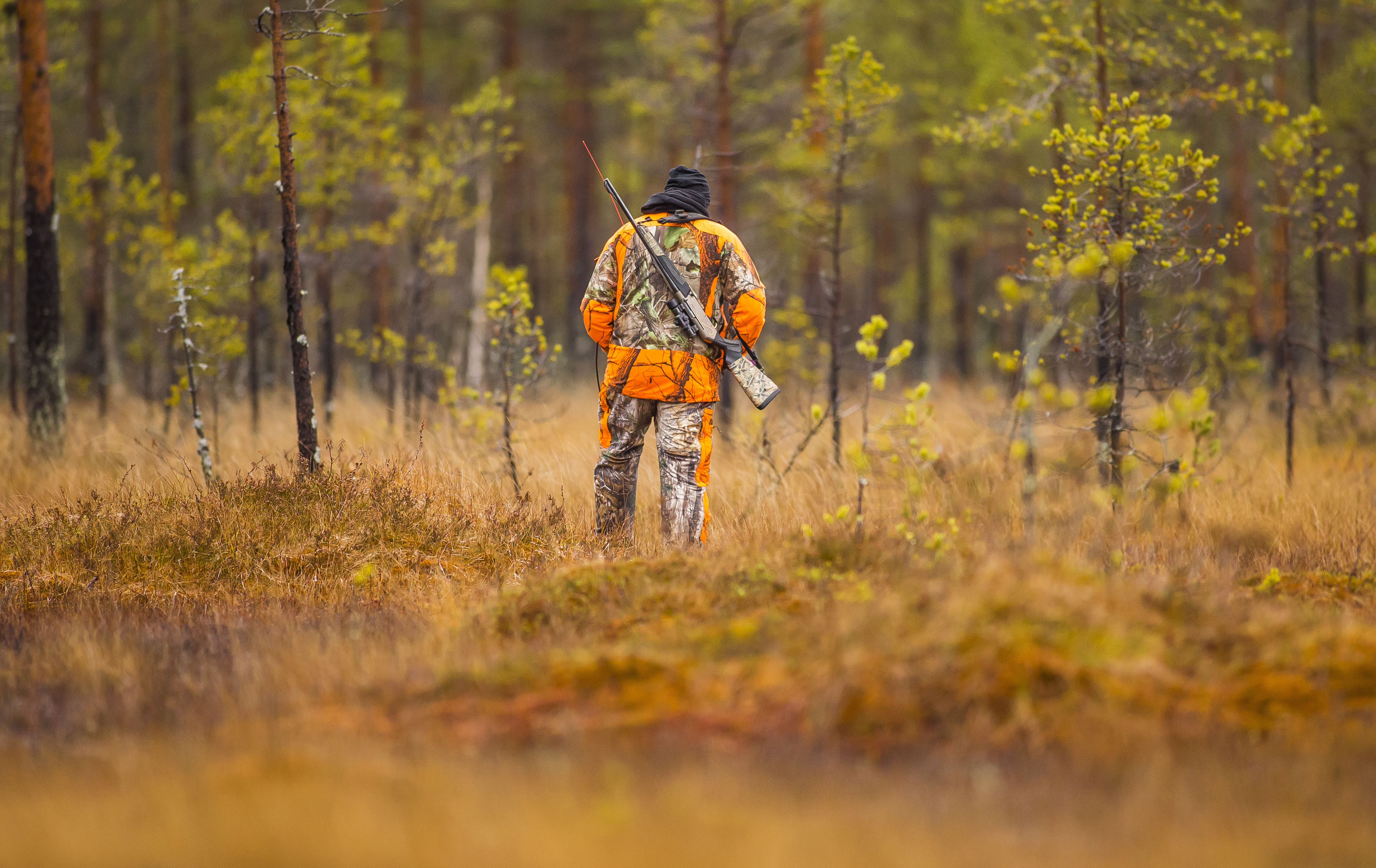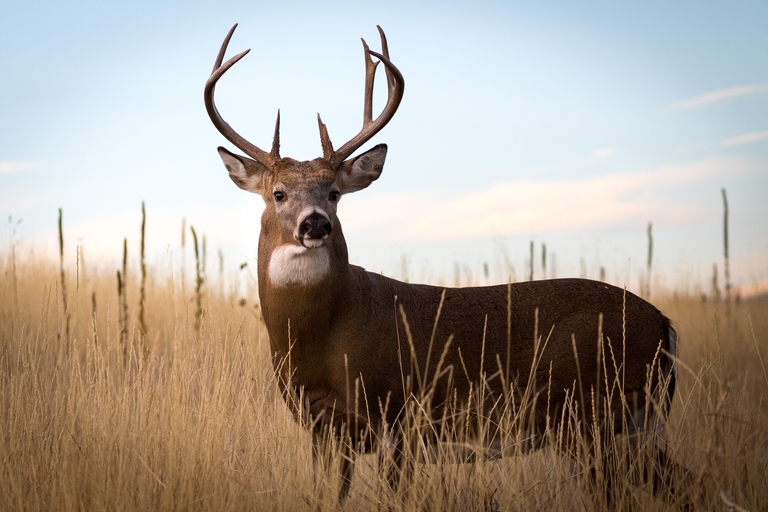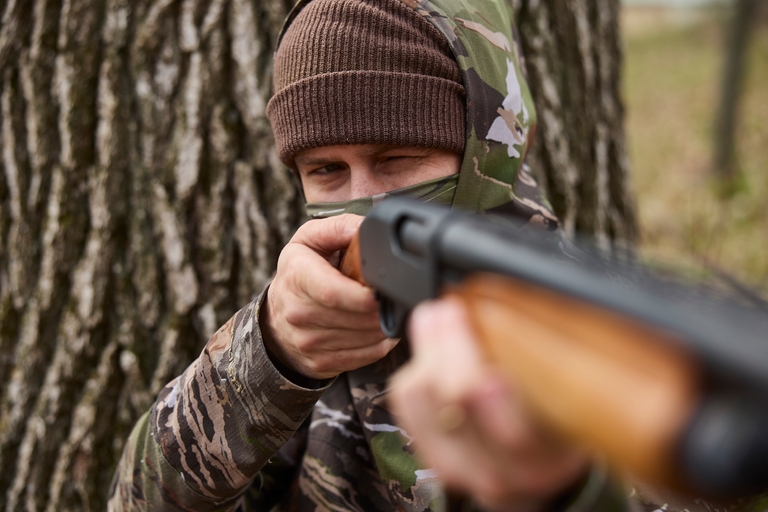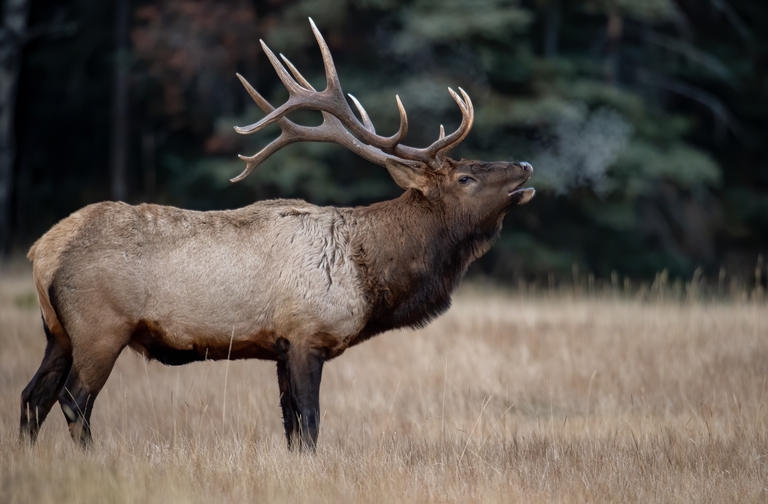How Blaze Orange Saves Lives

While hunting is one of the safest ways to enjoy the outdoors, hunters who don't wear blaze orange are more at risk.
Imagine being in the woods or a field and it is impossible to determine what is an animal or foliage vs. another hunter wearing camo. This would be a reality if not for many state requirements to wear hunter orange when hunting to help hunters see the difference between natural surroundings or animals vs. other hunters.
Without being able to see other humans clearly during a hunt, you risk shooting the wrong target. You're also at risk of being shot and injured (or worse) if you are not wearing the right amount of orange in the field.
So, why orange? How does it save lives? Today, we talk about blaze orange and why it's a safety essential for hunters.
Blaze Orange is the Standard for Visibility
While we've come a long way since 2010, the Oregon Department of Fish and Wildlife reported that in the 20 years before 2010, 81 percent of victims in vision-related hunting incidents were not wearing hunter orange clothing.
At the time, Rod Slings, Iowa DNR Law Enforcement Supervisor (retired), CEO/Founder of Hunting and Shooting Related Consultants, LLC., said, "Hunter orange is the absolute best way to distinguish yourself from a game animal." We know this is still true today!
Slings continues, "On top of wearing blaze orange to be safe, hunters should also check with their state to see the legal requirements for hunter orange."
Wearing blaze orange will decrease your chances of being mistaken for game. Since you can't control many factors about hunting (including other hunters), it's crucial to make your presence known in the field by wearing blaze orange.
The Effectiveness of Blaze Orange
What type and amount of hunter orange works best? Well, you can see the options and decide for yourself. The video below compares various styles and amounts of hunter orange, clearly showing what works and what doesn't.
The differences are obvious. A plain orange vest isn't nearly as effective as the combination of a blaze orange jacket and hat. The hat and jacket were noticeable far away, even in dense cover.
Wearing "the right amount" of hunter orange is about maximizing your presence to other hunters and minimizing the risk of being misidentified.
Non-Hunters Need Orange, Too
Sadly, there have been many reports of misidentification resulting in injury or fatality during hunting season – and it isn't always a hunter shooting another hunter, either.
Slings says, "Non-hunters aren't exempt from the rule. If you are in the woods hiking, photographing, walking your dog, or whatever you might be doing, you need to be wearing blaze orange."
To Slings' point, anyone strolling through the woods or fields during hunting season is vulnerable and should wear blaze orange to reduce that risk.
Without blaze orange to clearly identify them, people and domestic animals may look like a target to a far-away hunter.
For example, an incident during deer season a few years ago involved a hunter wearing a "sandwich-board" style orange vest, just like we talked about in the video. The vest covers only the chest and back, leaving the sides exposed.
The victim, in this case, was hunting in brown coveralls. As he walked through the standing unpicked cornfield, one of his hunting companions saw what he thought was a deer walking down the rows of corn. The observing hunter couldn't see the blaze orange due to the exposed sides.
Things went wrong when the shooter shot his 12 gauge toward what he thought was the deer, striking the victim in the upper leg.
Can Animals See Orange?
Tragedies like we mentioned above remind us to take precautions and wear blaze orange because it can save a life. This alone should always be reason enough to wear orange in the woods during hunting season.
So, what about the hunter whose primary goal is to take an animal? Will hunter orange limit their chances of success? Many hunters are concerned that orange will spook game, such as the white-tailed deer.
However, research says blaze orange won't give you away when deer hunting. The deer can't see it.
Research confirms that deer aren't colorblind. However, they don't perceive colors like humans do. Specifically, they can't see orange or red.
However, they can see some colors like blue. So, hunters should avoid wearing blue in the field and should wear blaze orange to stay invisible to deer but visible to hunters.
You Can Stay Undetected (While Wearing Hunter Orange)
If you are concerned about being detected by deer, consider other factors such as tree stand position, breaking up your outline, and scent control. Deer senses are far better tuned for spotting motion, seeing outlined figures, and identifying scent than seeing blaze orange.
Given that blaze orange is highly unlikely to scare deer away, there is no good reason for hunters not to wear it, whether your state requires it or not. Wearing blaze orange ensures that other hunters will know you are a human, not a game animal, and something they shouldn't shoot at.

Wear Blaze Orange and Get Your Hunter Safety Certification
Wearing blaze orange is only one important strategy for staying safe. Learn about more ways to stay safe while hunting with the hunter safety courses at Hunter-Ed!
Our online courses include videos and lessons about tree stand safety, safe zones of fire, ballistics, and much more to improve your safety in the field. The material is the same as that taught in formal hunting education classes and is approved by state agencies in most states. However, you can take the course online (at your own pace) and pass your exam online, too!
Then, you're ready to don your hunter orange and take to the field for opening day. Find the course for your state and start learning!
Originally published November 24, 2014. Content updated July 31, 2023.




